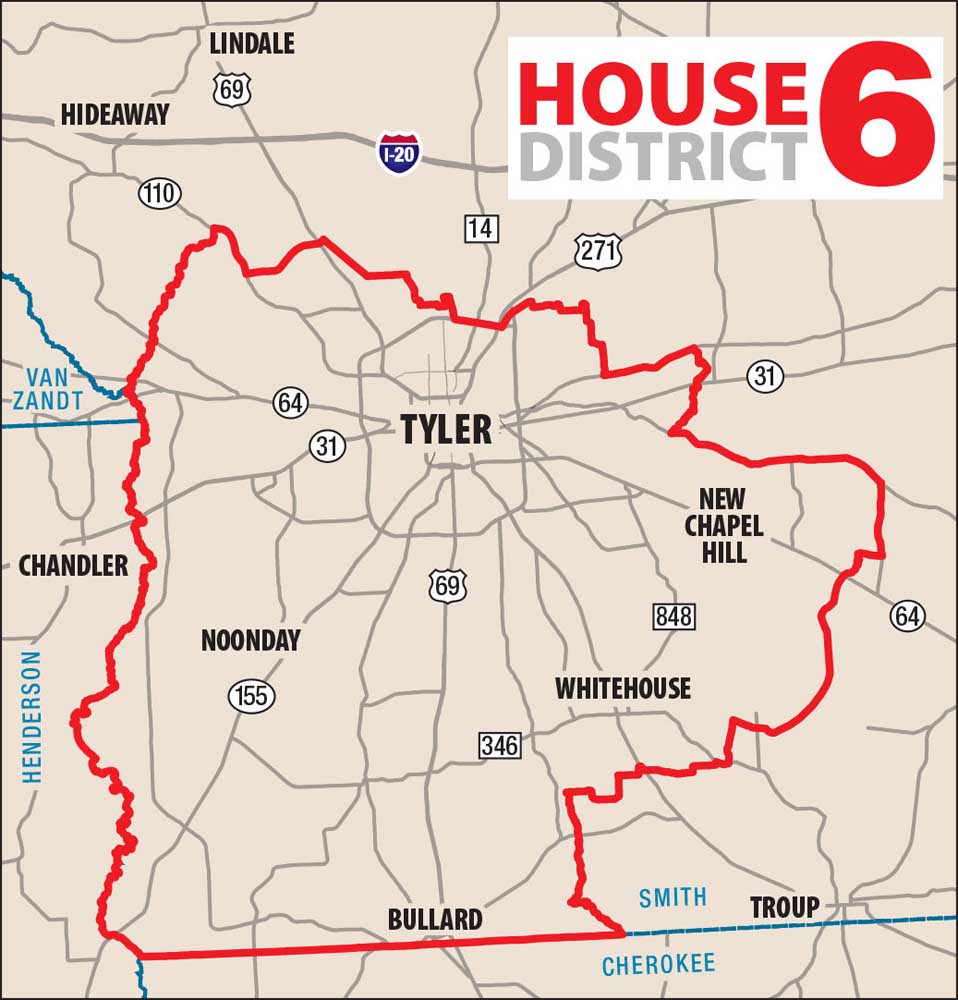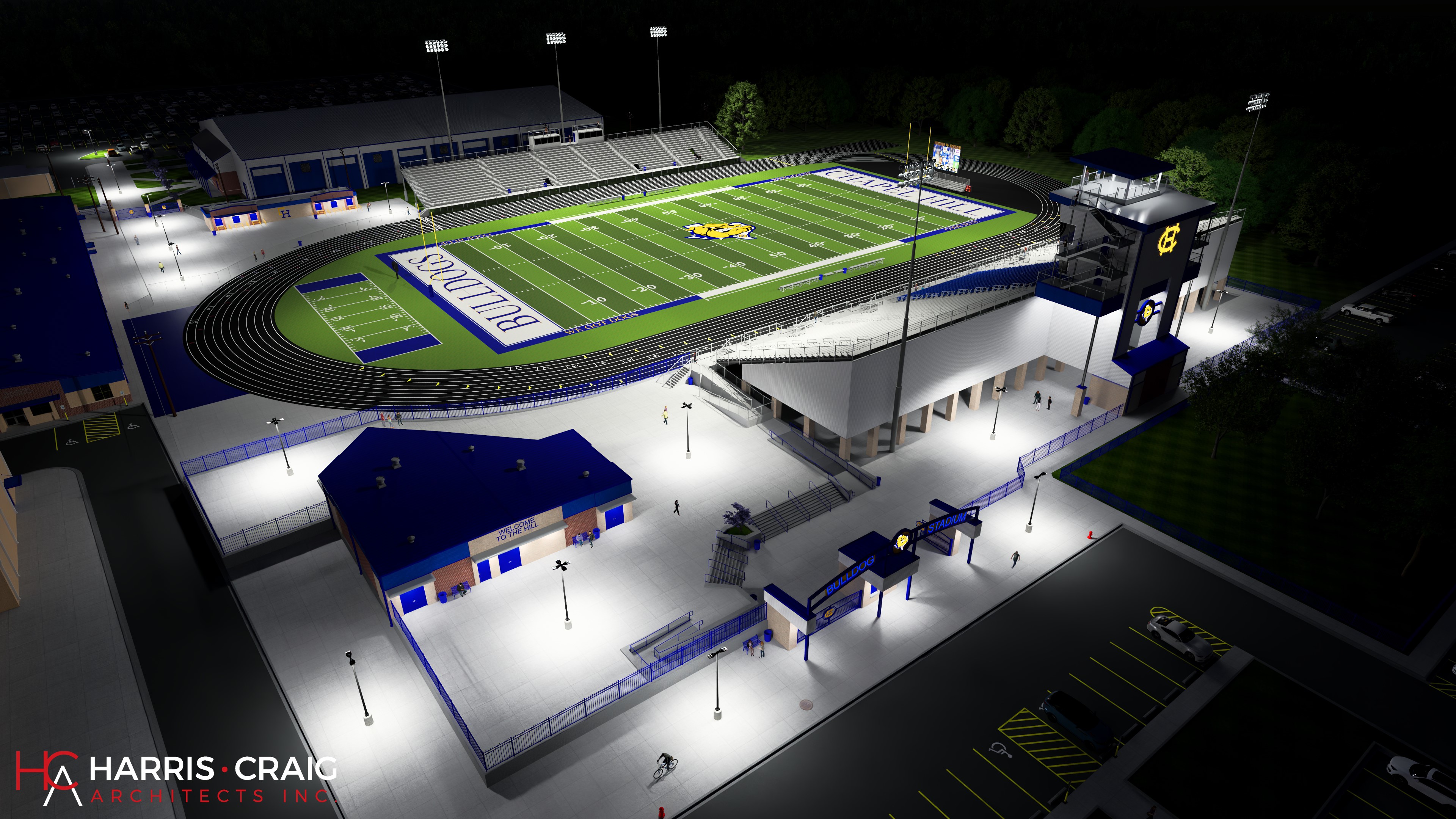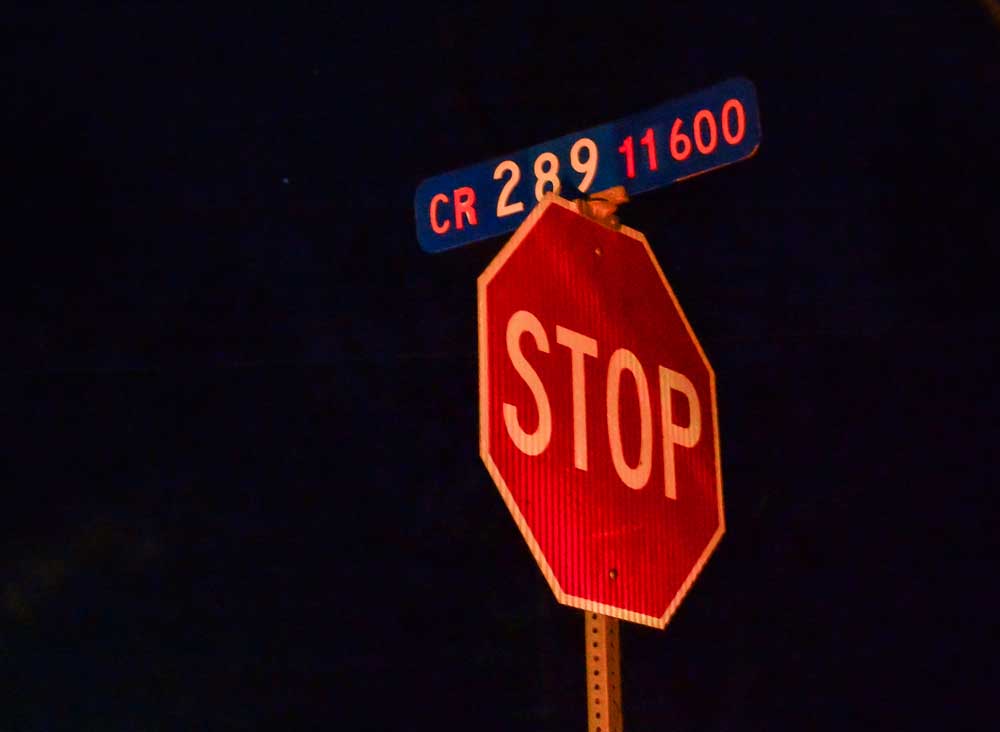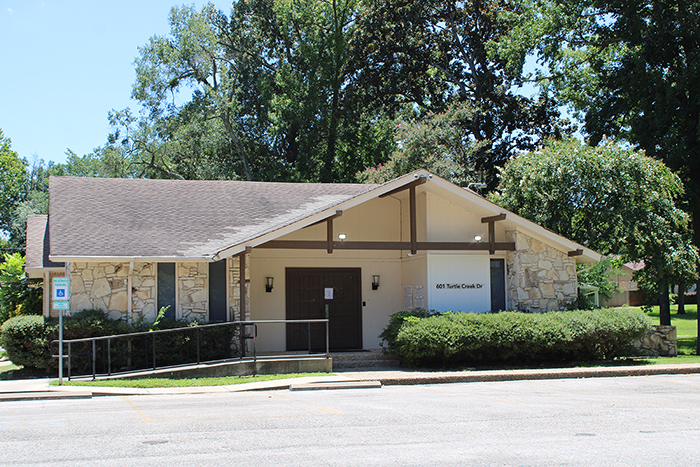Experts outline 2021 redistricting process in Tyler and Texas
Published 4:00 am Sunday, September 29, 2019

- Map of Texas House District 6, which includes most of Tyler, Whitehouse, and parts of Bullard. Rep. Matt Schaefer, R-Tyler, is the lawmaker from this district. (Brian Crane/Tyler Morning Telegraph)
Texans need to fill out the 2020 U.S. census because it will determine federal funding and whether or not they get fair representation in Congress and City Council.
That was the message that experts shared last week at the University of Texas at Tyler during a discussion about the 2020 U.S. census and the redistricting efforts that will begin in 2021 in response to the data collected.
Trending
Mark Owens, a political science professor at UT Tyler, pointed to census data showing that the Texas population has increased 17% from 2010 to 2018. Smith County’s population has increased 9.7%, and Tyler’s has increased 9.1%.
He also pointed to a study from George Washington University saying that if Texas undercounts its population by as little as 1%, it will be giving up $300 million in federal funding per year.
“That’s about $1,500 a person,” said Stephanie Swanson, who handles redistricting and census issues for the League of Women Voters of Texas. “The money that we pay to the federal government comes back to us somehow.”
Swanson said the Texas Legislature did not allocate funding for census outreach during the 2019 session, leaving a heavy burden on counties, cities and civic organizations to get people to fill out the survey. The Legislature meets next in 2021.
“California is actually the most similar in size in terms of total population and in terms of Hispanic population and immigrant population,” Swanson said. “They’re going to spend $200 million. In the meantime, Texas has spent $0.”
Owens said the statewide population increase could mean Texas gets three more seats in Congress. There are currently 36. He said that could mean all the current districts are redrawn, including Texas’ 1st Congressional District, which includes Tyler.
Trending
He said East Texas would have a lot of say in the process because the Legislature’s 20-member Redistricting Committee includes two from East Texas: Sens. Bryan Hughes, R-Mineola, and Robert Nichols, R-Jacksonville.
Swanson said her organization also would like to see Texas appoint a public commission to oversee different steps in the redistricting process for Congress and the Texas Legislature. She said the state hasn’t agreed to that, but local governments could set up their own public commissions.
The Smith County Commissioners Court has hired a law firm to draw the county’s precincts, for offices such as Commissioners Court seats, justices of the peace and constables, among others. The Tyler City Council historically works with staff attorneys and a law firm when it makes redistricting decisions.
Deborah Pullum, the city attorney for Tyler, said estimates show the population of Tyler will increase between 9% and 11% from the 2010 census to the 2020 census, and that means the districts will need to be redrawn to ensure they are equal in size.
Districts are allowed to vary by specific percentage points, but must be as equal as possible because of the “one person, one vote” doctrine, she said.
“You know where our growth is,” Pullum said. “That’s going to be primarily around the southern areas of town. We’re spreading out a little bit over on the west side of town, and then we have pockets in the northeast that are also growing.”
The Tyler City Council has six districts. District 1 is in the southern part of Tyler, between Old Jacksonville Highway and South Broadway Avenue. District 6 is between South Broadway Avenue and Paluxy Drive. District 5 is the southeastern part of Tyler, near UT Tyler.
District 2 is referred to as west, and includes neighborhoods around a former historically black college, Butler College. District 3 is commonly referred to as northwest and includes the Texas College district. Both are predominantly African American and were drawn after a movement in the 1960s and 1970s to ensure voting rights.
District 4 includes most neighborhoods north of Fifth Street, east of Broadway Avenue and south of East Gentry Parkway, plus some neighborhoods east of Loop 323. The district had a significant Hispanic population when it was last drawn in 2010, but it was not majority-Hispanic.
Pullum said Districts 2 and 3 are called majority-minority districts, and District 4 is called an opportunity district. Those are legal terms that mean a minority population makes up more than 50% or more than 35% of a district, respectively.
“Council District No. 4, I believe, is going to really need to be looked at,” Pullum said. “We’re going to be looking at the numbers between 2, 3, and 4, and then 4 and 5.
“Once you get that rebalancing done, then, again, it comes back to looking at each one of those districts and the types of facilities after the lines have been drawn, how that affects the schooling, the funding, particularly public infrastructure, streets, water, sewer and all of that,” Pullum said.
Pullum said there would be public meetings for residents to give input. She said those meetings likely would occur during a public process between March 2021 and August 2021, and the City Council would finish the districts at the end of 2021.
Decisions on district maps would be made at public City Council meetings, and neighborhood feedback meetings may also be held, depending on what the City Council decides, she said.
TWITTER and INSTAGRAM:
@_erinmansfield
Visit TylerPaper.com to see maps of City Council districts, Commissioners Court precincts, House districts and a chart of City Council district demographics.






